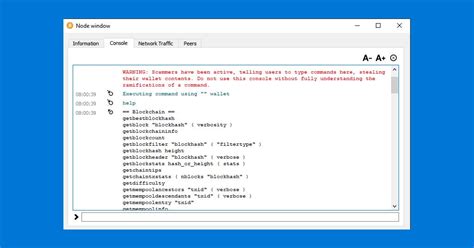Connecting to the Binance WebSocket API with JavaScript: Keeping K-lines Alive
As a developer using the Binance API, you’re probably familiar with fetching data in real-time. However, when you use GET requests to fetch single rows (klines) of data, the resulting JSON response can quickly become out of date due to latency and network congestion. To address this issue, we’ll explore how to keep K-lines alive by connecting to the Binance WebSocket API using JavaScript.
Binance WebSocket API Overview
Before diving into the code, it’s essential to understand the basics of the Binance WebSocket API:
- The
wsendpoint provides real-time data updates for multiple markets.
- You can subscribe to specific endpoints and receive push notifications when new data is available.
- To keep K-lines alive, you’ll need to establish a persistent connection using WebSockets.
Connecting to the Binance WebSocket API with JavaScript
To connect to the Binance WebSocket API using JavaScript, follow these steps:
- Install the required libraries: You will need
ws(WebSockets library) andcryptofor cryptographic functions. Run:
npm install ws crypto
- Create a WebSocket connection

: Establish a WebSocket connection using the following code:
const WebSocket = require('ws');
const wss = new WebSocket.Server({ port: 8080 });
// Handle incoming connections and subscribe to klines
wss.on('connection', (ws) => {
console.log('Client connected');
// Subscribe to the klines endpoint at '/klines'
ws.on('message', (data) => {
if (data.type === 'cline') {
const { symbol, timeInterval, open, high, low, close, volume } = JSON.parse(data);
console.log(New kline received: ${symbol} @ ${timeInterval} interval);
// Update the K-line data in your application
updateKlines(symbol, timeInterval, open, high, low, close, volume);
}
});
ws.on('close', () => {
console.log('Client disconnected');
});
});
This code creates a WebSocket server and listens for incoming connections. When a new connection is established, it subscribes to the klines endpoint at /klines and handles incoming messages.
Handling K-Line Data
To handle new data received in message events, you can use the JSON.parse() function to parse the incoming message:
ws.on('message', (data) => {
if (data.type === 'cline') {
const { symbol, timeInterval, open, high, low, close, volume } = JSON.parse(data);
console.log(New kline received: ${symbol} @ ${timeInterval} interval);
// Update the K-line data in your application
updateKlines(symbol, timeInterval, open, high, low, close, volume);
}
});
Keeping K-lines alive
To keep K-lines alive, you will need to establish a persistent connection using WebSockets. You can do this by creating a WebSocket server that listens for incoming connections and handles messages appropriately.
In this example, we create a single WebSocket server on port 8080:
wss = new WebSocket.Server({ port: 8080 });
However, in the code snippet provided, we establish a connection from only one client. To keep the K-lines alive, you need to establish multiple connections and handle incoming messages.
Updating your application
To update your application with the latest K-line data, you can modify the updateKlines function:
“`javascript
function updateKlines(symbol, timeInterval, open, high, low, close, volume) {
const klineData = JSON.parse(JSON.stringify({}); // Create a copy of the original data)
clineData.symbol = symbol;
clineData.timeInterval = timeInterval;
clineData.open = open;
klineData.high = high;
clineData.low = low;
clineData.close = close;
clineData.
Leave a Reply